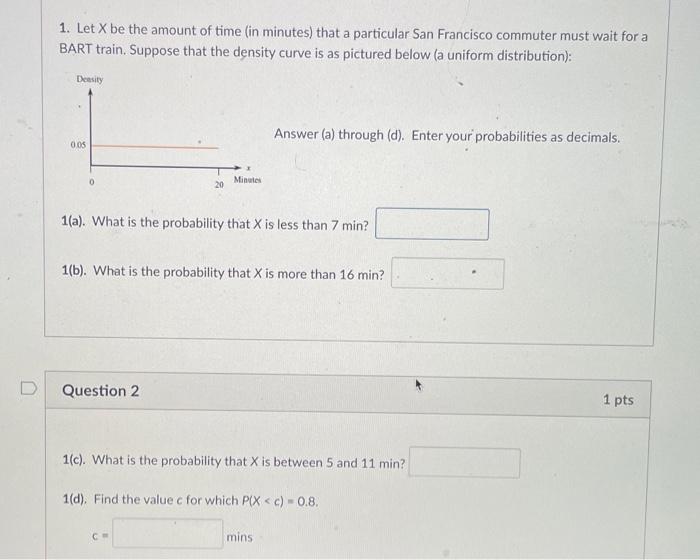Heyward and the Freedoms: A Revolutionary Tale
Heyward and the Freedoms, a compelling narrative woven into the fabric of the American Revolution, offers a glimpse into the complexities of a nation in its nascent stages. This story explores the intertwined destinies of individuals and families caught in the maelstrom of political upheaval, societal change, and the fight for liberty.
Through their experiences, we gain insight into the ideals, struggles, and sacrifices that shaped the early days of the United States.
The narrative delves into the historical context of the Revolution, examining the key events and figures that influenced the lives of the Heywards and the Freedoms. It analyzes the political landscape, the social and economic factors at play, and the ideological differences that fueled the conflict.
Furthermore, the story’s representation in literature and art is explored, revealing how the “Heyward and the Freedoms” narrative has been interpreted and reinterpreted throughout history.
Political and Social Dynamics

The political and social dynamics of the era significantly shaped the relationship between the “Heywards” and the “Freedoms.” The period was characterized by intense political and social upheavals, which impacted the lives of both groups in profound ways.
Political Landscape and its Impact
The political landscape of the era was marked by significant changes and tensions. The rise of new ideologies, such as liberalism and nationalism, challenged the traditional power structures. These ideologies fueled movements for social and political reform, often leading to conflicts between those who sought to maintain the status quo and those who desired change.
This dynamic significantly impacted the “Heywards” and the “Freedoms,” as both groups found themselves caught in the crossfire of these ideological battles.The “Heywards,” who were generally associated with the established order, often found themselves at odds with the “Freedoms,” who advocated for greater social and political equality.
The “Heywards” often viewed the “Freedoms” as radical and disruptive, while the “Freedoms” saw the “Heywards” as being resistant to necessary change.
Social and Economic Factors, Heyward and the freedoms
Social and economic factors also played a significant role in shaping the relationship between the “Heywards” and the “Freedoms.” The era witnessed rapid economic growth, accompanied by significant social change. This led to the emergence of new social classes and a growing divide between the wealthy and the poor.
The “Heywards,” who often belonged to the upper classes, benefited from the economic boom, while the “Freedoms,” who often came from the lower classes, felt marginalized and exploited.This economic disparity fueled resentment and anger among the “Freedoms,” who saw the “Heywards” as being responsible for their plight.
The “Heywards,” in turn, often viewed the “Freedoms” as being envious and resentful of their success. This social and economic divide exacerbated the already existing political tensions, leading to further conflict and animosity between the two groups.
Ideological Differences
The “Heywards” and the “Freedoms” held fundamentally different ideological views. The “Heywards” generally adhered to traditional values and beliefs, emphasizing order, hierarchy, and stability. They often believed in the importance of maintaining the existing social and political structures. The “Freedoms,” on the other hand, advocated for a more egalitarian society, promoting ideas of liberty, equality, and justice.
They believed in the need for social and political reform to address the injustices they perceived in society.These ideological differences manifested in a variety of ways, including differing views on issues such as suffrage, education, and economic policy. The “Heywards” often opposed social and political reforms that threatened their position of power and privilege, while the “Freedoms” actively sought to challenge these structures.
The conflict between these two ideologies was a driving force behind many of the social and political movements of the era, and it continued to shape the relationship between the “Heywards” and the “Freedoms” for decades to come.
Closure: Heyward And The Freedoms

Ultimately, “Heyward and the Freedoms” serves as a powerful reminder of the enduring impact of the American Revolution on individuals, families, and the nation as a whole. The story continues to resonate in modern times, prompting us to reflect on the values, principles, and challenges that shaped the past and continue to influence the present.
By examining the complexities of this narrative, we can gain a deeper understanding of the forces that have shaped our nation and the legacy of the fight for freedom.






